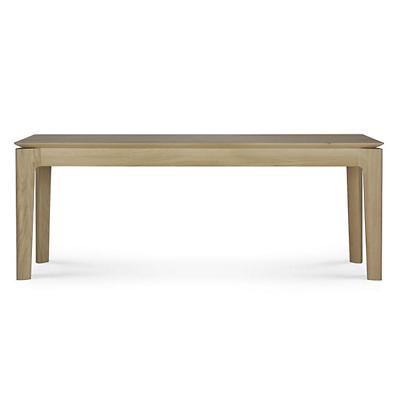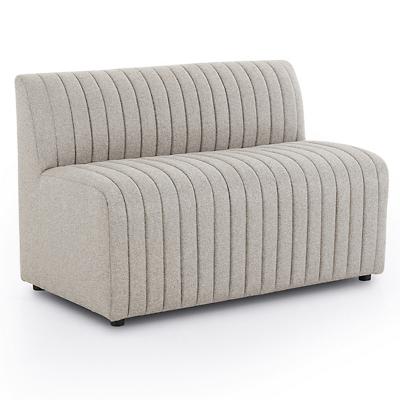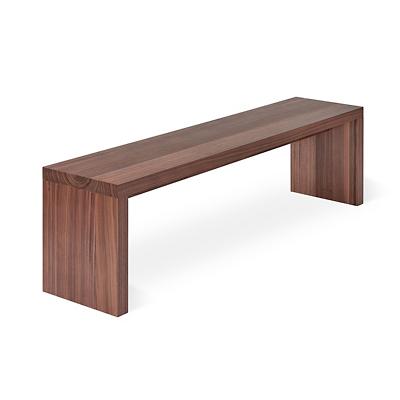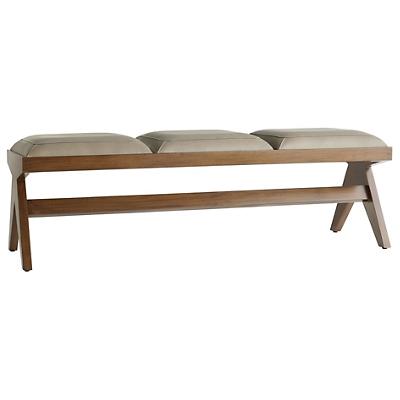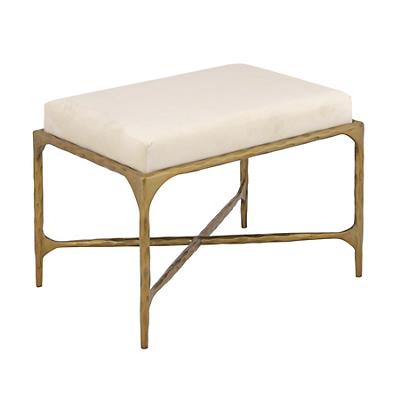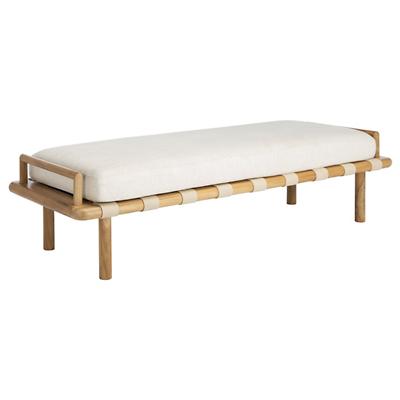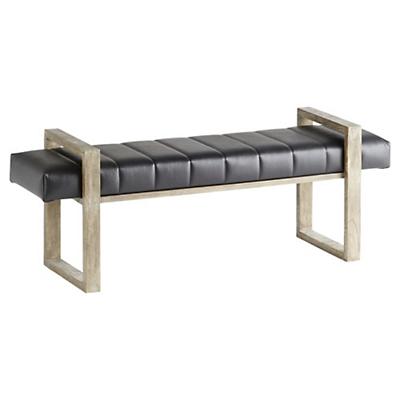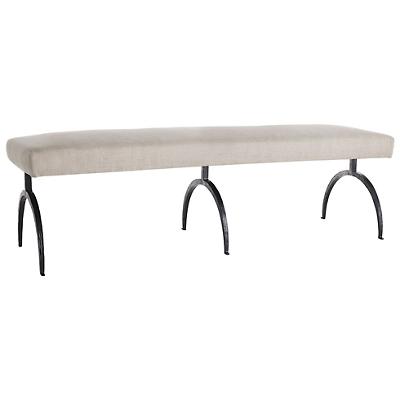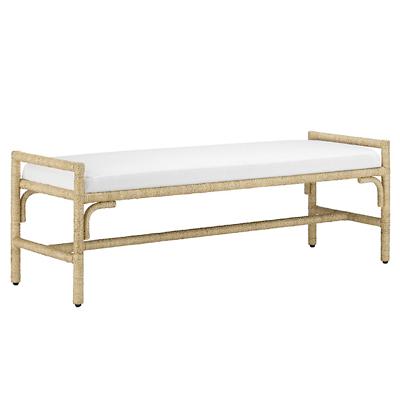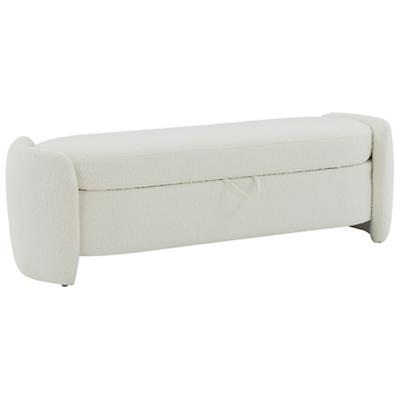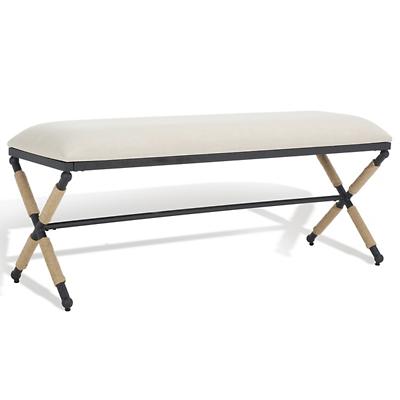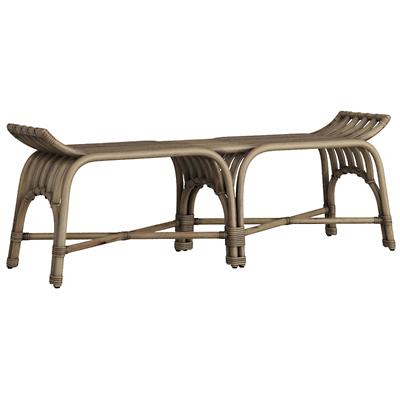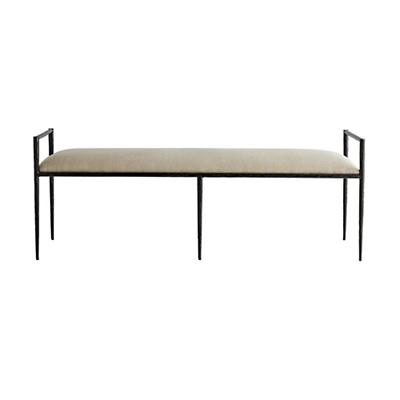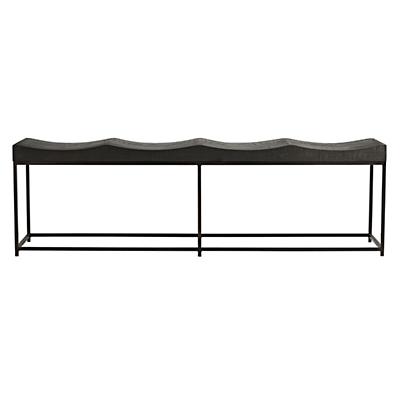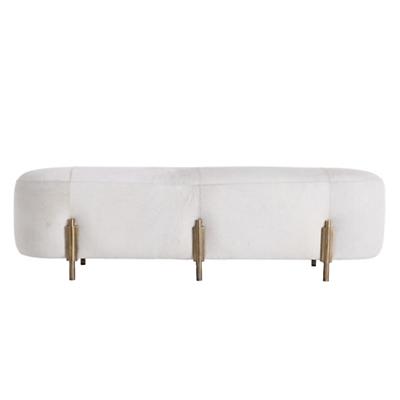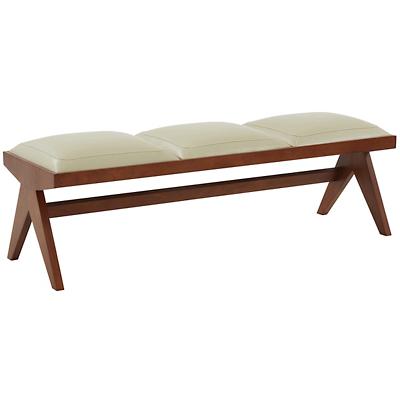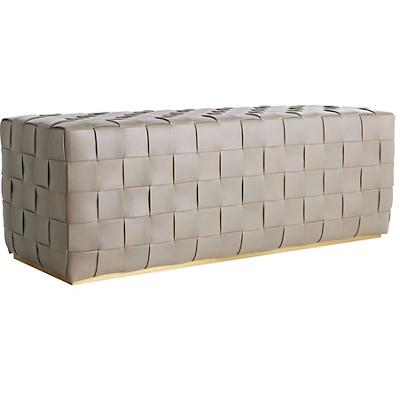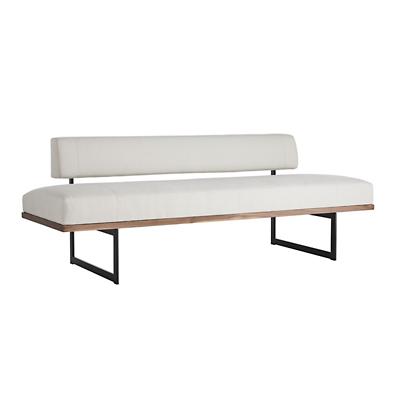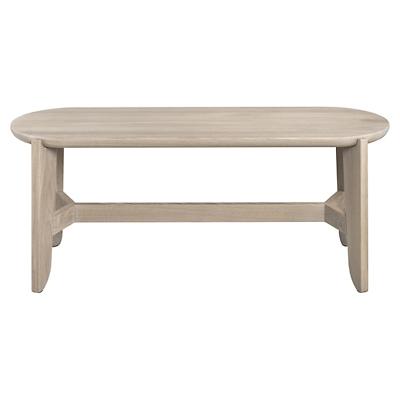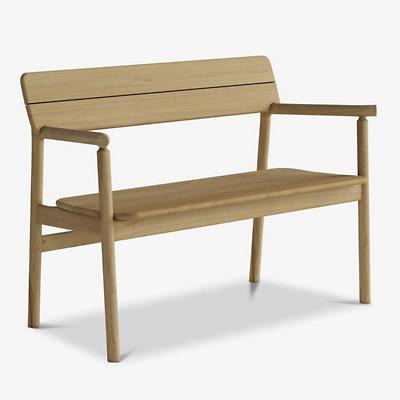-
Top Finish$909 - $1,389$699Color$1,049 - $1,899Color$500
$625$3,345$918Color$1,39440Exclusive
$1,743$1,870$1,73250$2,340$1,66320Color$1,14960Exclusive
$1,437Color$53760Exclusive
$672$2,340Color$36675Exclusive
$489$2,810isproducttileimage https://images.lumens.com/is/image/Lumens/ARRP324341_alt01?$Lumens.com-PRP-large$$3,355$6,020$1,02240Exclusive
$1,278$10,035$6,500$3,380Why We Love Dining Room Benches
A bench in the dining room is an ideal choice as an extra place to sit or as an accenting piece of furniture that brings the room's decor full circle. Contemporary benches give dining rooms that one final decorating touch needed for formal dining parties that will never go unnoticed among your guests. Whether for function or fashion, dining room benches are a much-appreciated choice of seating for this space.
Often overlooked and underrated as an element of decoration, a modern bench gives you the unique ability to add a few more spots at the dining table, a place to toss your essentials, or a fixture in the room to occupy any empty space. Storage benches are especially welcomed in the dining room, allowing for a place to keep decorative items organized and stored until just the right occasion, while benches for dining room tables serve a fundamental purpose. From upholstered benches to clean-lined wood designs, you'll be sure to find just the right bench for your dining room here.
A Dining Room Bench for Every Style
As a versatile piece of furniture, a bench is easy to introduce into almost any dining room aesthetic. Traditionally decorated dining rooms will appreciate the wood benches from Blu Dot, including the weathered oak Branch Bench or the walnut Amicable Split Bench. These rustic wood benches provide eye-catching decoration when positioned in the corner of the room or consider placing them front and center at the dining table for functional use. Minimalist yet iconic design come together in Vitra's Wood Bench (available in walnut, natural oak or smoked oak) and look to a bench from Gus Modern to fit a retro-inspired theme. Finally, browse the collection from Copeland Furniture for an upholstered bench you'll love for comfort and style.
Choosing the Best Dining Room Benches
As with any piece of contemporary furniture you introduce into your home, you'll want to begin your search for a bench by identifying the right size. Be cognizant of important sizing dimensions like height, width and depth while measuring your space to figure out what size bench will work best. With a size in mind, you'll need to decide if you prefer a flat-top bench, an upholstered bench, or one that offers storage. Lastly, choose colors or wood finishes that will most appropriately accommodate your existing dining room decorations. If you have any questions about the dining room bench seating featured here, please call our furniture experts at 877.445.4486.
Other Considerations
Dining room chairs and benches are just one component of the room's overall decor. You may also want to introduce new lighting in the space to really capture your dinner guests' attention. There's nothing quite like a modern crystal chandelier hanging overhead at a formal dinner party. Dress up your walls with sconces and look to a table lamp to elegantly sit atop your buffet table or sideboard. And if you haven't done so already, check out the collection of modern dining tables to serve as the focal point of the room.
Cat ID : 509
Modern Dining Room Benches
127 Results
127 Results
Filter
Filter Results



